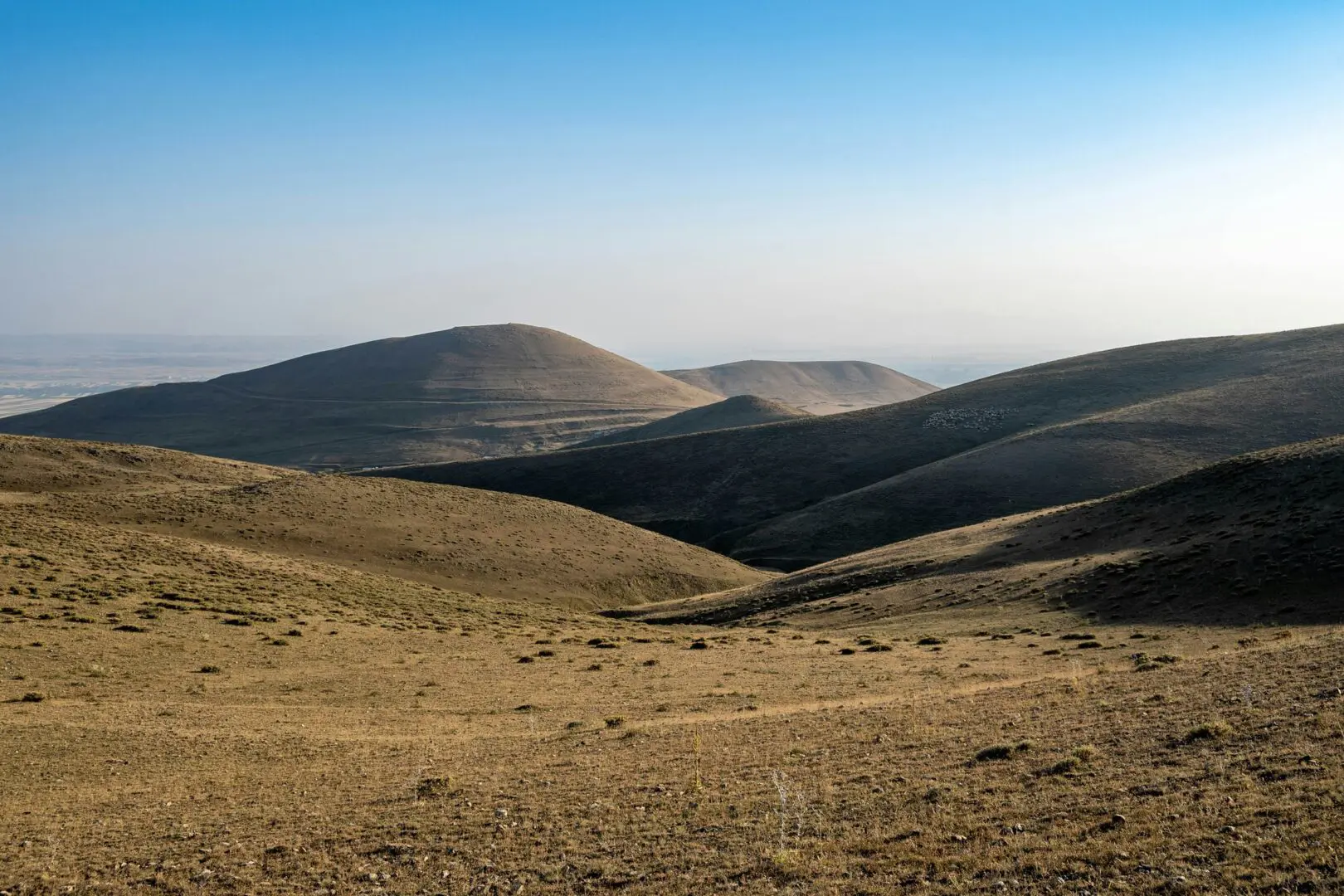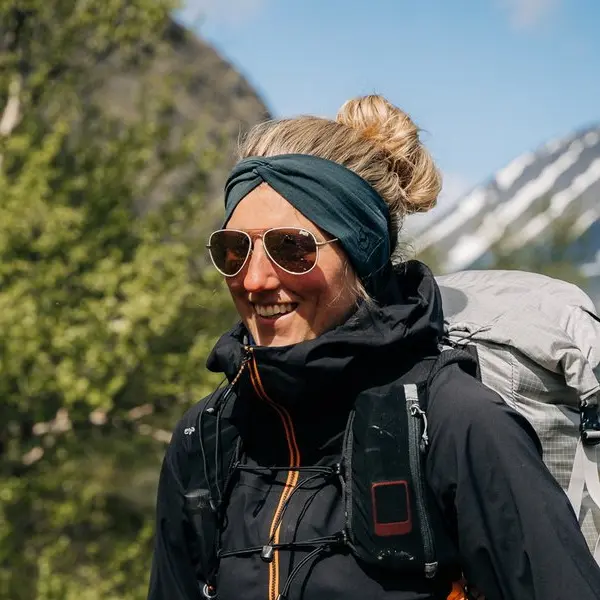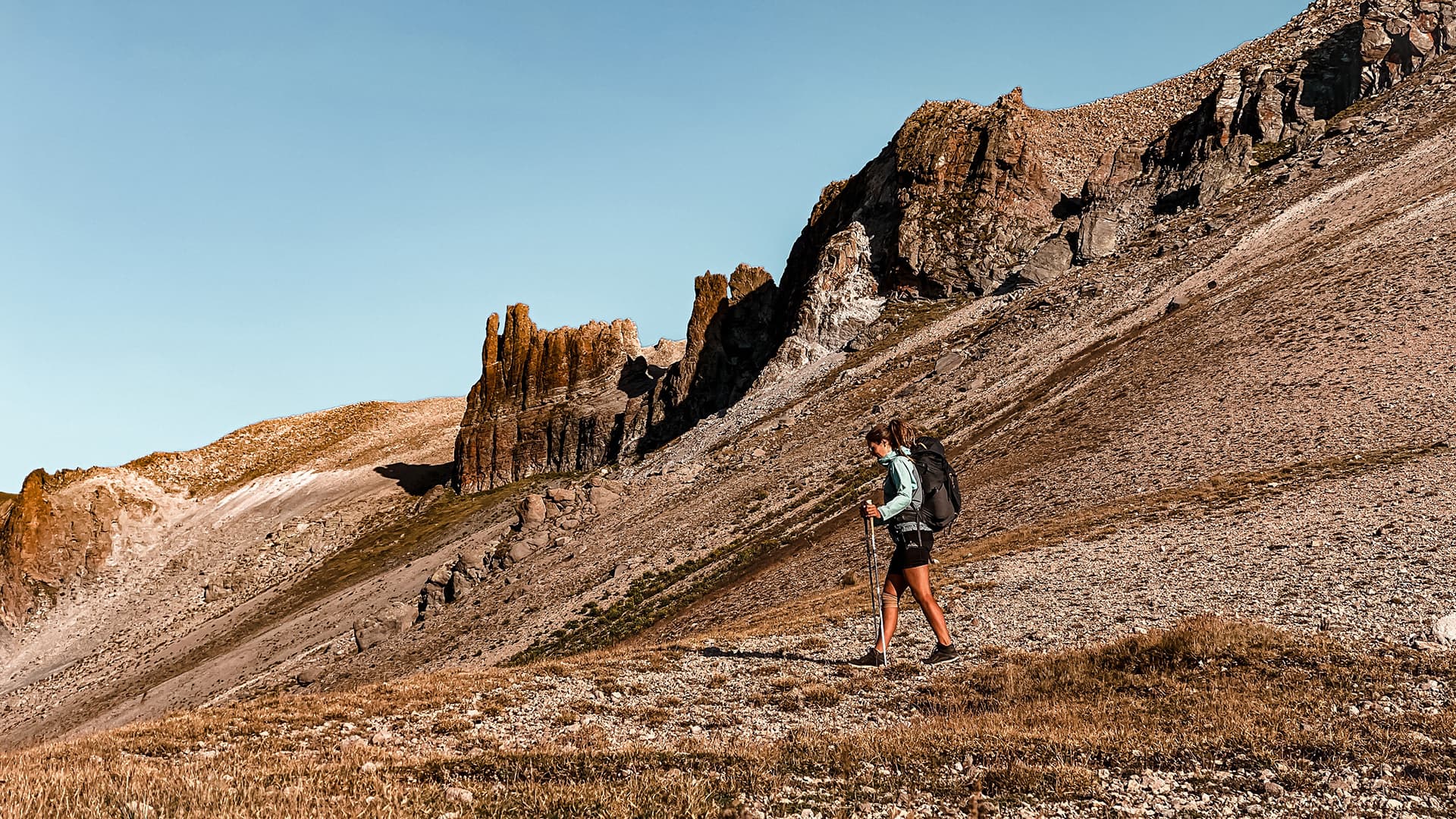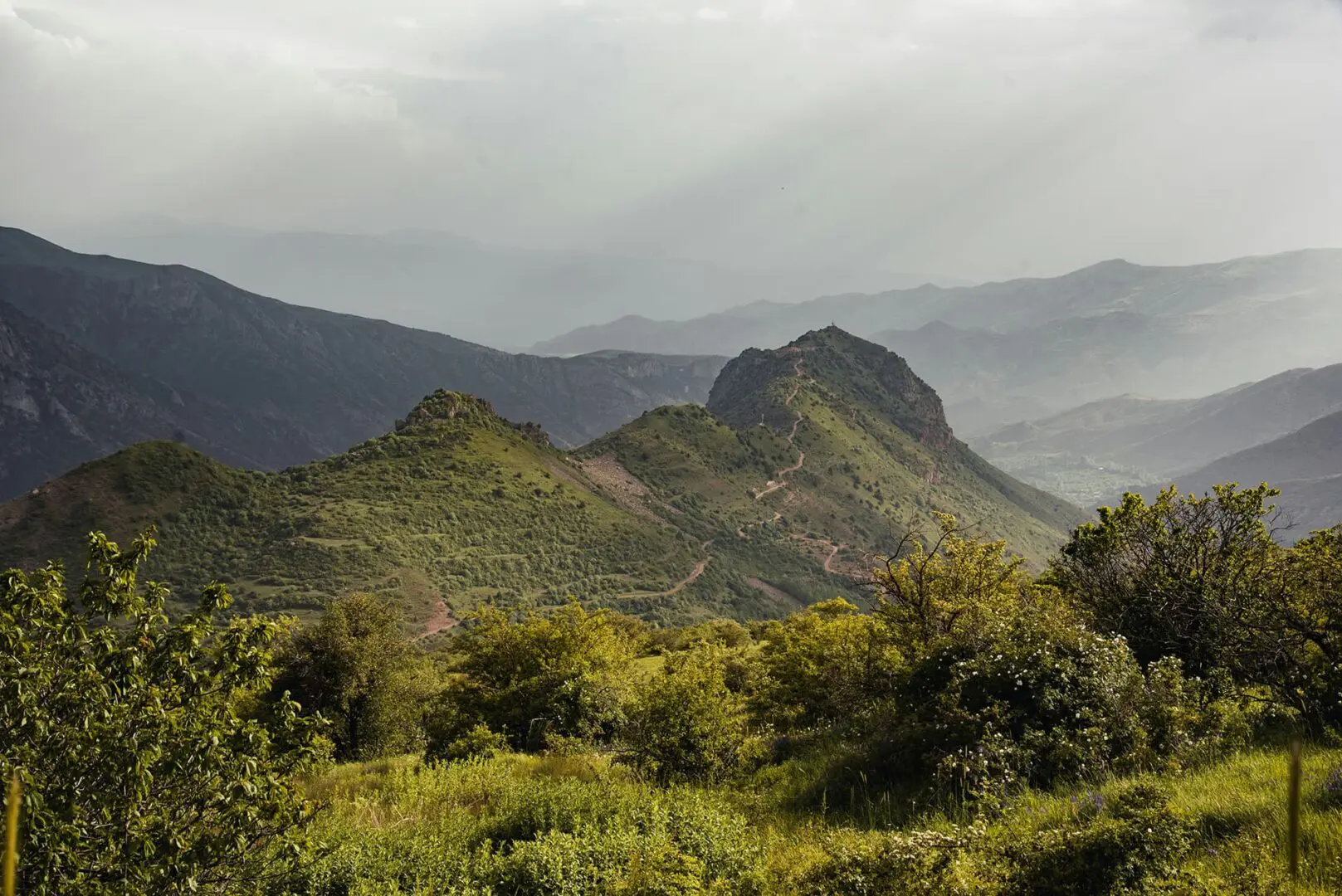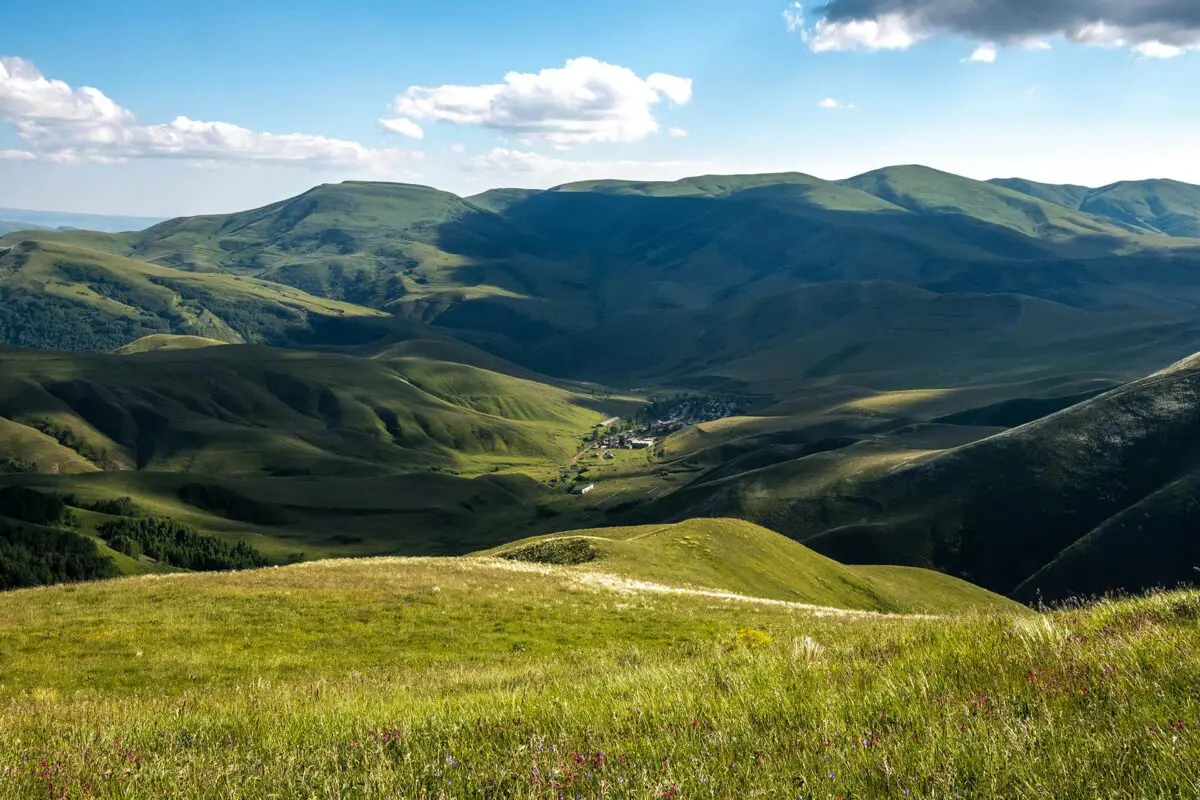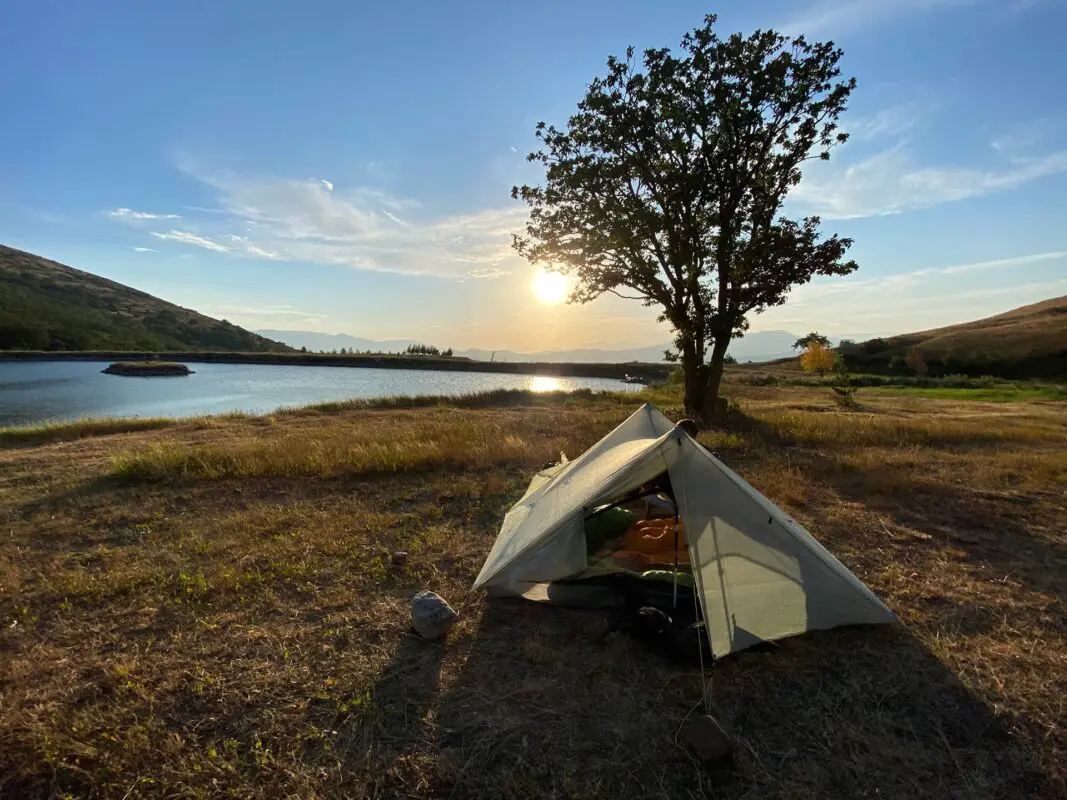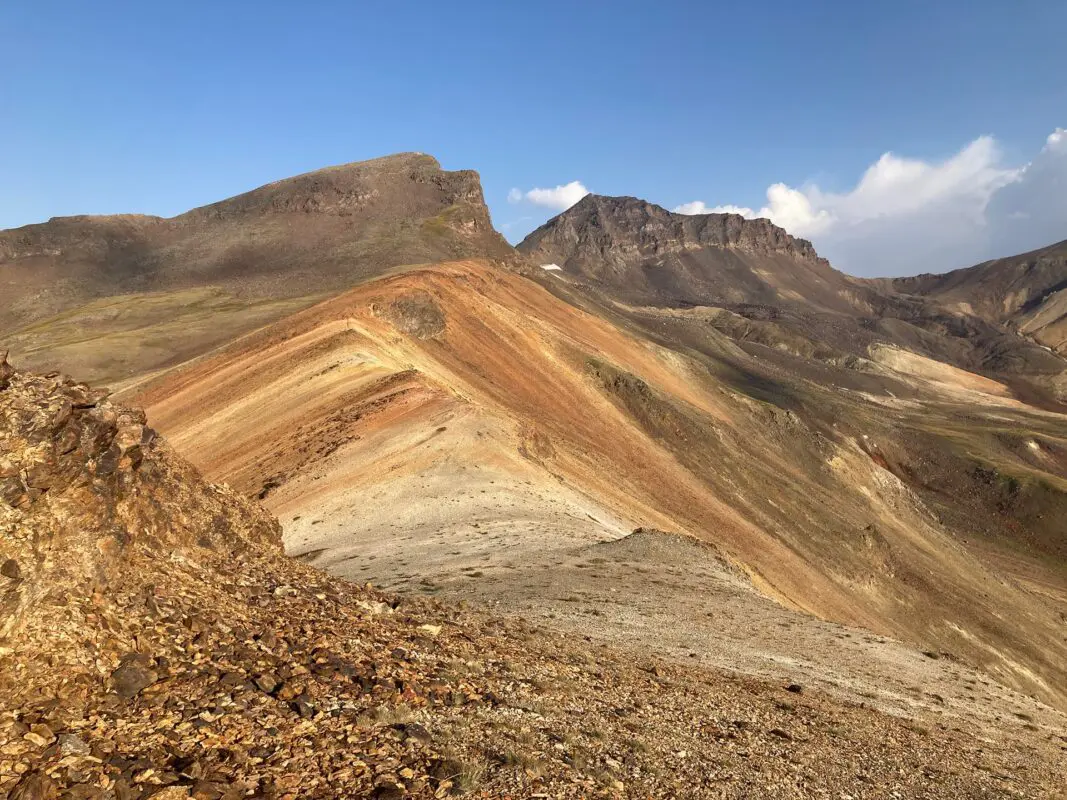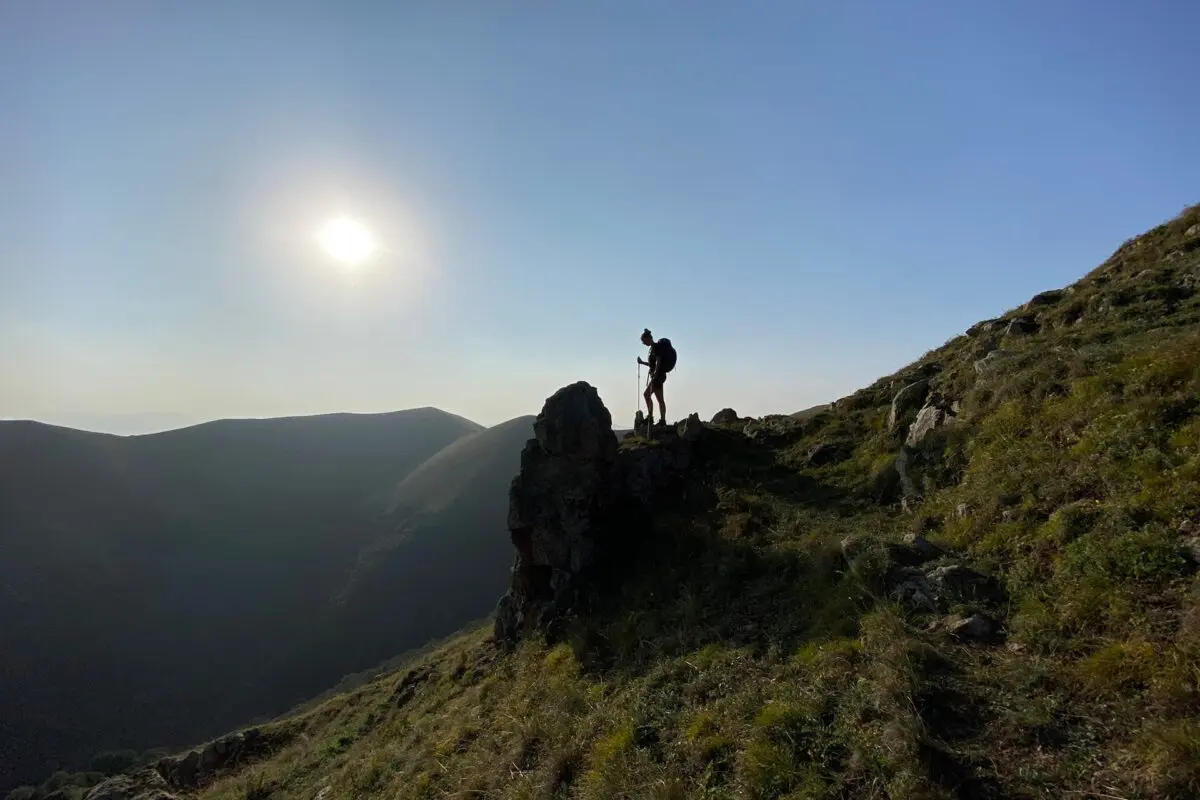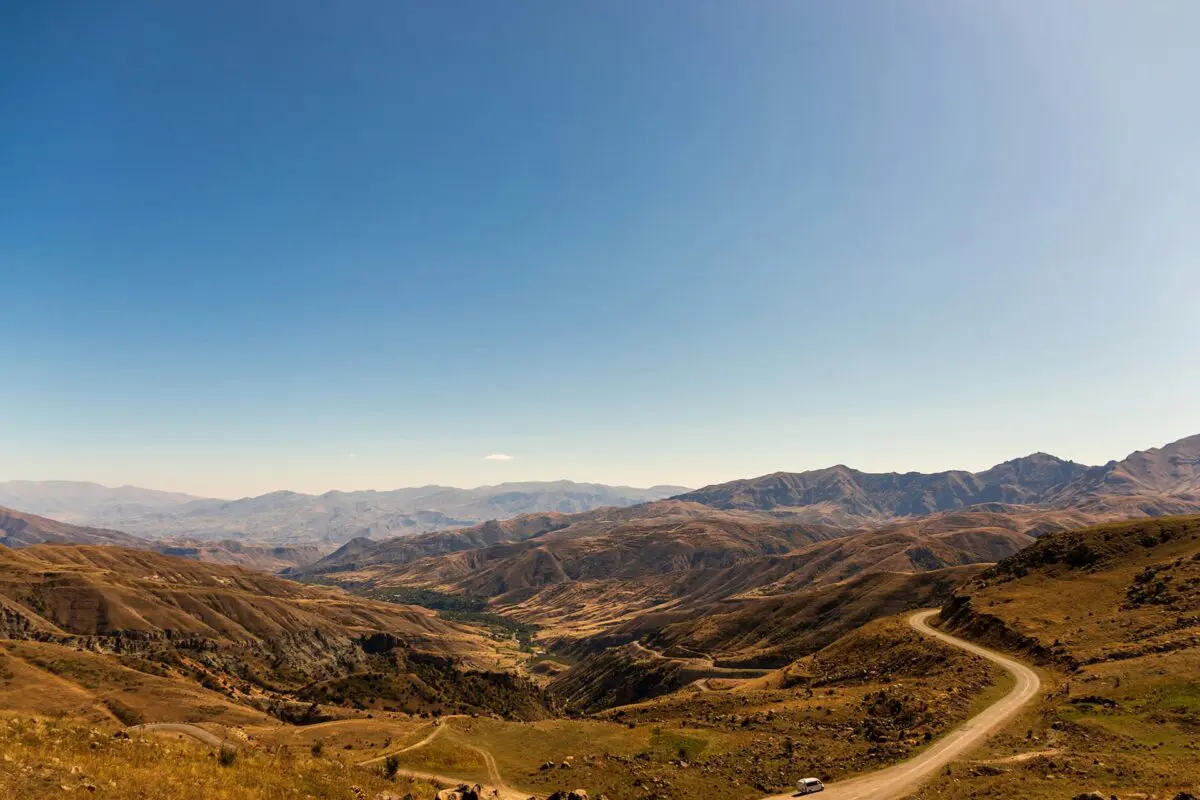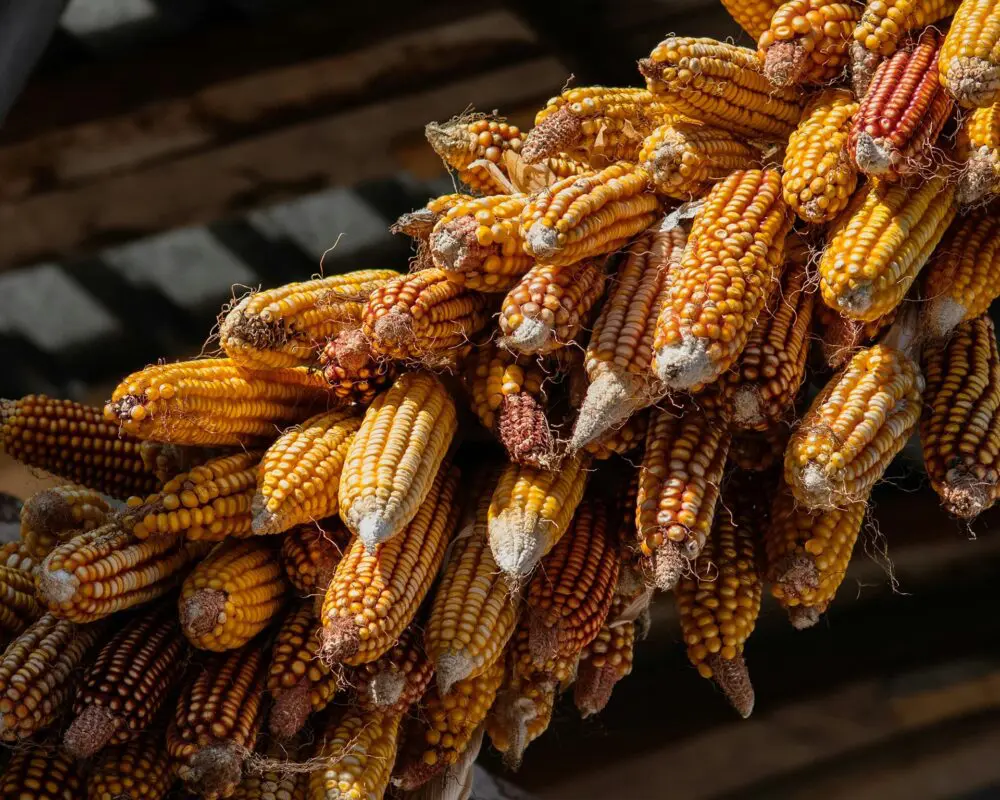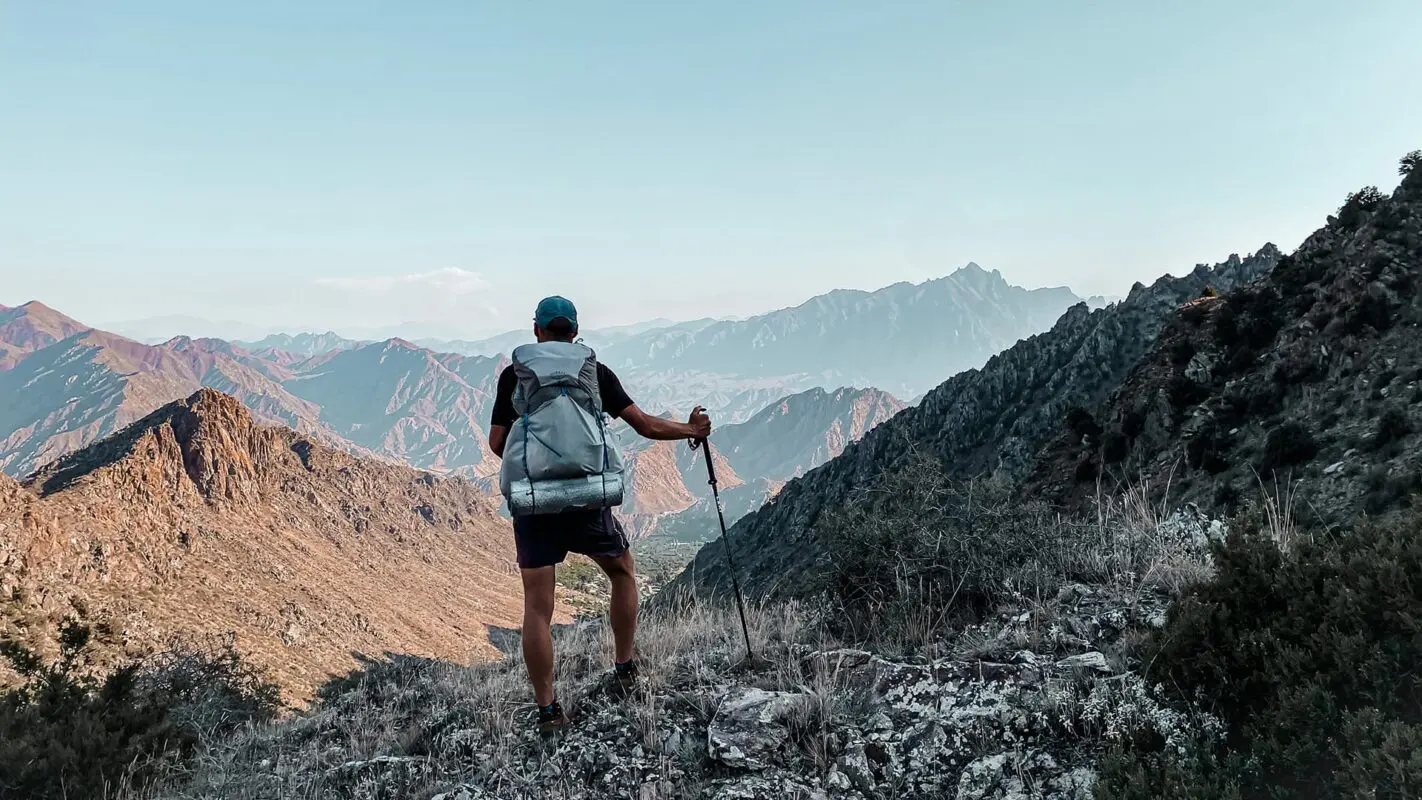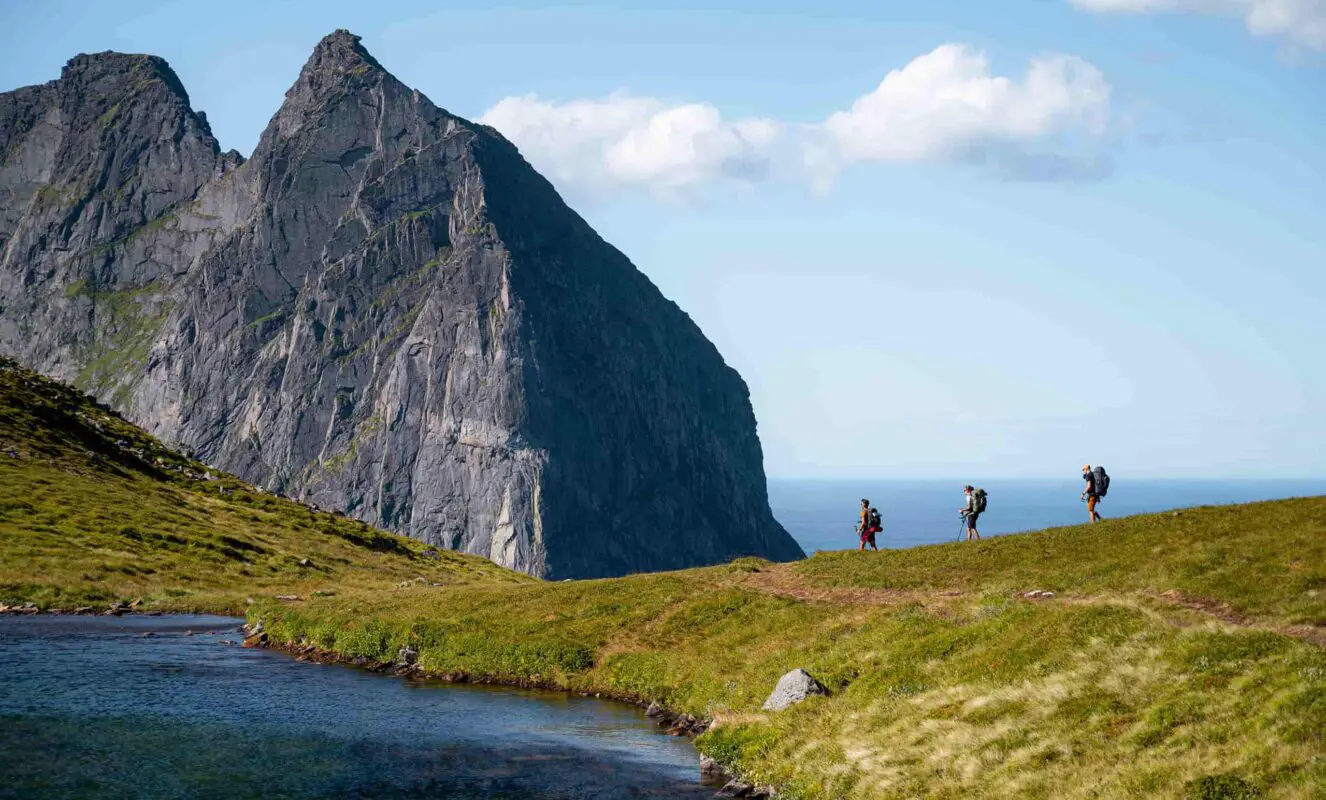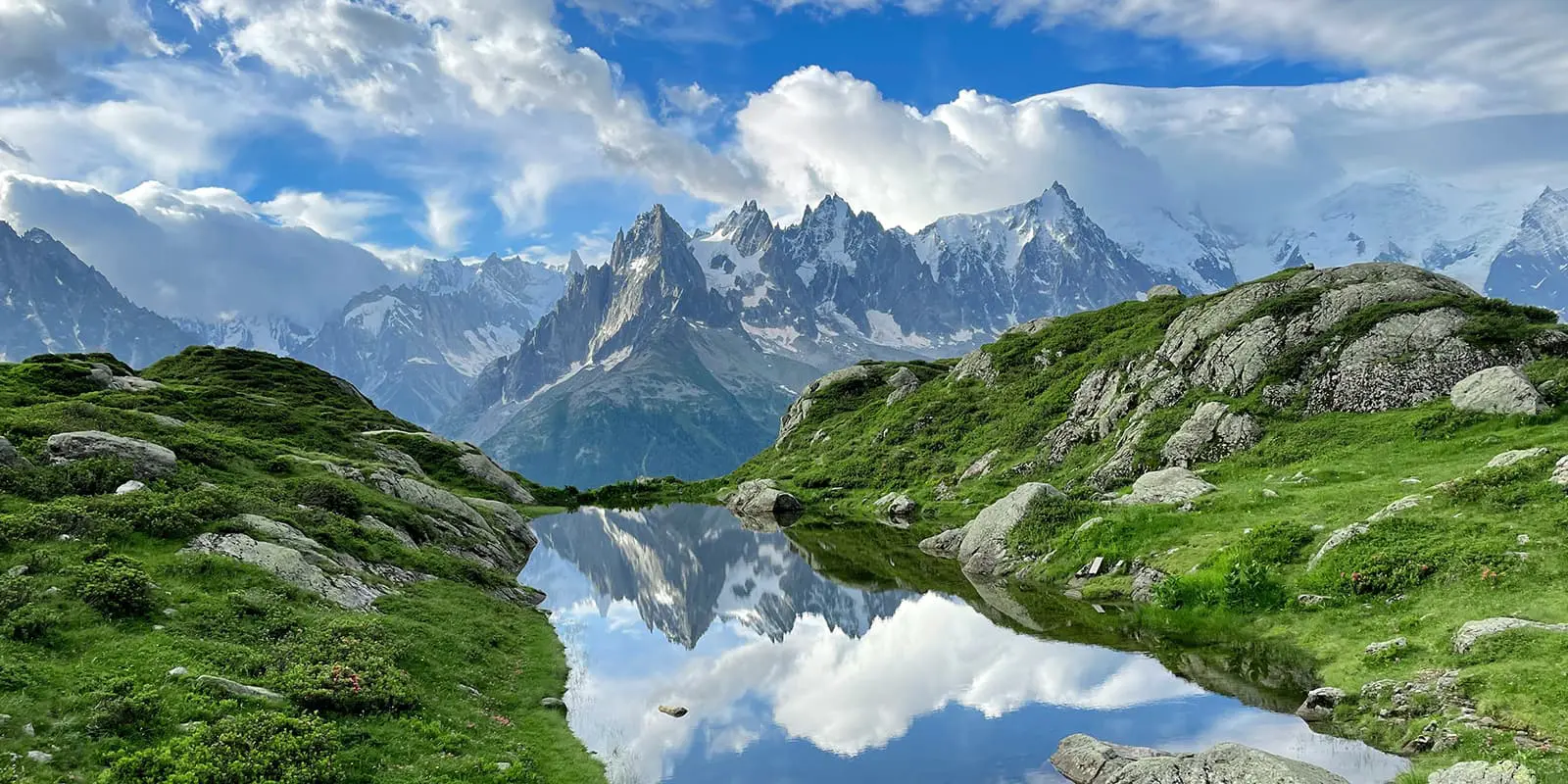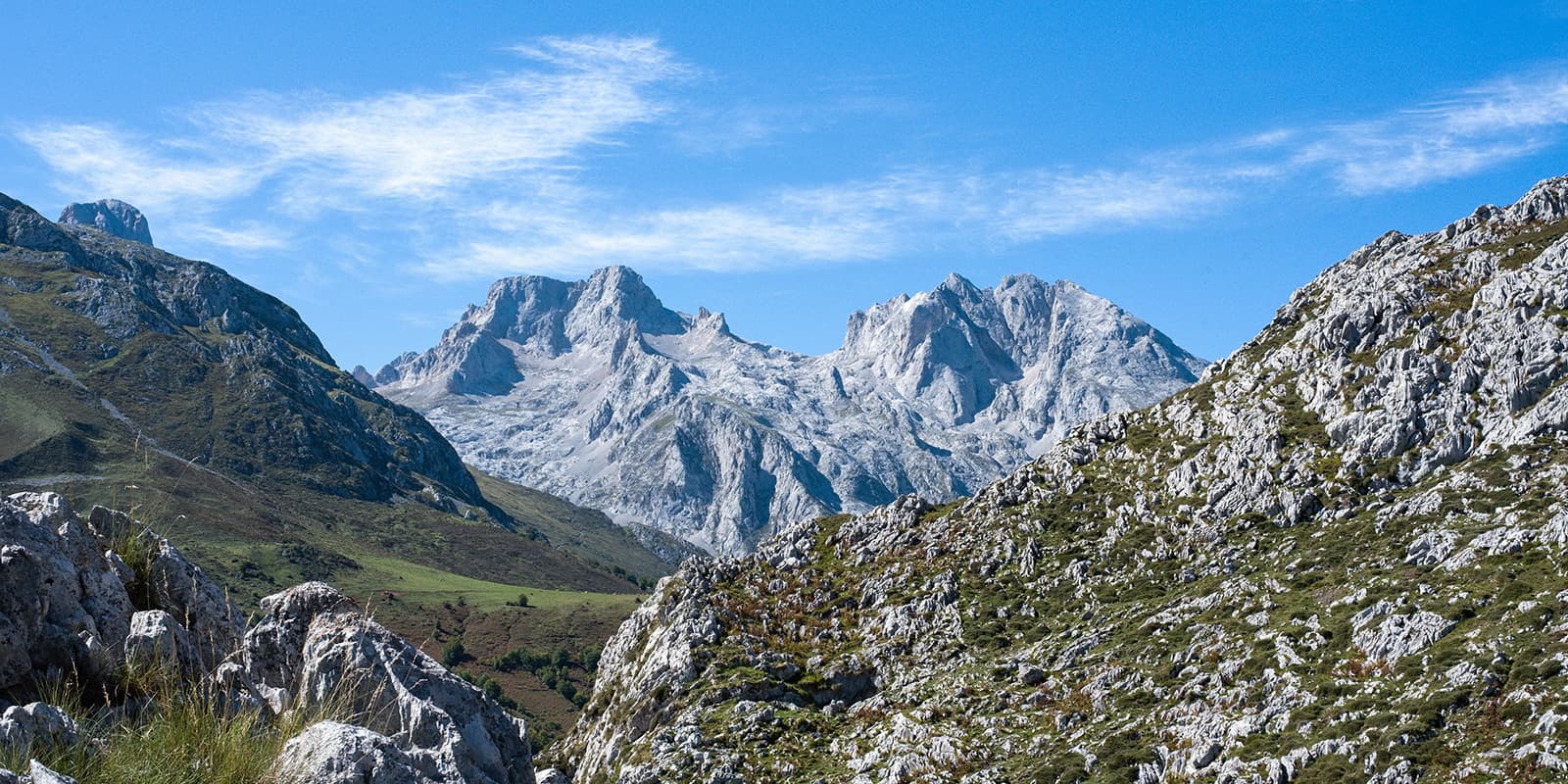Registration is currently required to hike the route through Arevik National Park and along the border of Shikahogh State Reserve. Contact the TCT organization for help with this.
Cell phone coverage is sporadic and often nonexistent, particularly in the higher-altitude sections of the route (which are also the most remote). If you’re desperate, the herders will usually know the closest spot in which service is available. Likewise, the only reliable charging opportunities for electronic devices will be those you bring with you, ie: battery packs and solar panels.
The route passes larger towns with supermarkets roughly every 50–100km, either directly or via a short hitch.
Some sections of the trail still include bushwhacking, often through spiky blackberries.
You will pass many farms and nomads during your thru-hike and thus will meet many angry shepherd dogs. Usually, the shepherd will keep them away from you but be prepared for these situations and know how to defend yourself.
In the southernmost section of the trail there will be areas where a lot of giant hogweeds grow – be aware that these plants have phototoxic sap. Plan your route through the bush accordingly.
If en route at the right time, there will be plenty of blackberries, plums, cherries, and apples along the trail for you to enjoy.
Armenian people are some of the most kind and hospitable in the world. Do not be surprised if you are offered fruit, Armenian coffee, or vodka while meeting the locals.
Water can be obtained from natural sources along the route. Always filter or boil as there might be cattle around.



